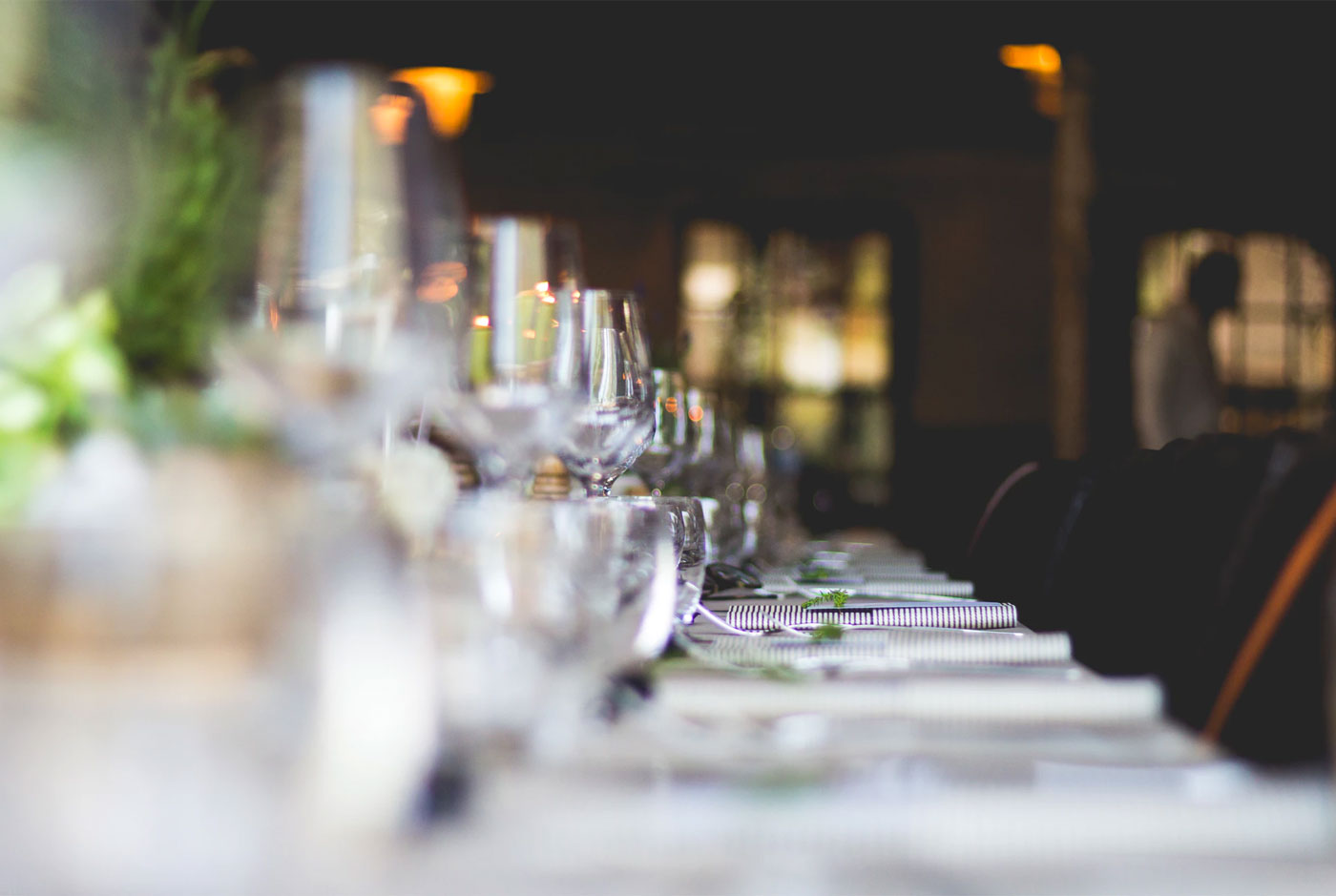Like all things and its beginnings, so do wedding traditions. But unlike today, some of these wedding traditions have different purposes for the people back then. Before you get married, it might be interesting to know the history behind these wedding traditions before adapting them into your own.
Once Upon a Time on a Wedding Day

BACHELOR PARTY
The history of a bachelor party dates back to the 5th century B.C. in Sparta, Greece. For them, it is a celebration of a single man’s “last night of freedom”. A bachelor party back then means a dinner, a toast, and a drink of wine compared with the adventurous activities that usually associate bachelor parties today. The term ‘bachelor’ also previously meant as a young knight. The event is known by different names in other countries. In France, they call itEnterrement De Vie De Garçon or “the burial of the life as a boy.” (Source: A Brief History of Bachelor Parties)
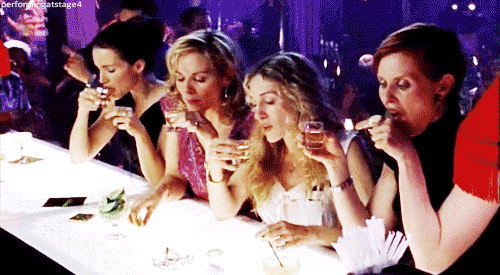
BACHELORETTE PARTY
It was not until the 1960s that women made a counterpart of the bachelor party—the bachelorette party, an event where the bride-to-be is given honor. It may have begun during the sexual revolution. However, it was uncommon until the mid-1980s when the gender equality was much stronger. At the present time, bachelorette parties also involve adventurous activities that the bride and/or bridesmaids might find pleasing. In retrospect, this type of event was more formal and sophisticated. (Source: Bachelorette Party)

WEDDING RING
Some say that the oldest recorded exchange of wedding rings dates back to 4,800 years ago in Egypt. Sedges, rushes, and reeds, growing alongside the well-known papyrus were twisted and braided into rings for fingers and other decorative ornaments worn by women in those days. As time passed by, the material became much expensive from leather, bone, ivory, and etc. It shows that the more expensive the material used, the more love was shown to the receiver. It also symbolizes how wealthy the giver was.
Wedding rings have been worn on different fingers through the different stages in history. In the Roman tradition, they believed that the wedding ring should be worn on the ring finger of the left hand because of vein in the finger called “Vena Amoris” of the “Vein of Love” that is said to be directly connected to the heart. This was, however, proven to be scientifically false although some people still regarded this reason for wearing the wedding ring on the ring finger. (Source: The Origins of Wedding Rings and Why They’re Worn on the 4th Finger of the Left Hand)
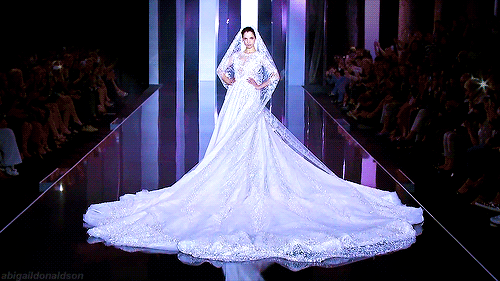
WEDDING DRESS
It might surprise you to know that the brides in the past don’t wear white wedding gowns. Back then, they just wore the best dress that they have for their big day. The trend for white weddings actually came from Queen Victoria when she wore a white lace gown for her wedding to Prince Albert in 1840. However, she was not the first royal to choose white for her wedding. Several others did before her, but she’s the one widely credited for changing the norm. (Source: The White Dress That Changed Wedding History Forever)

WEDDING VEIL
One of the origins for wearing a wedding veil came from many cultures who believed that the veil shields the bride away from the evil spirits. In some cultures, the veil’s purpose was to hide the face of the bride so only on the day of the marriage could the groom see who exactly he’s marrying to. (Source: 10 Wedding Traditions With Surprising Origins)
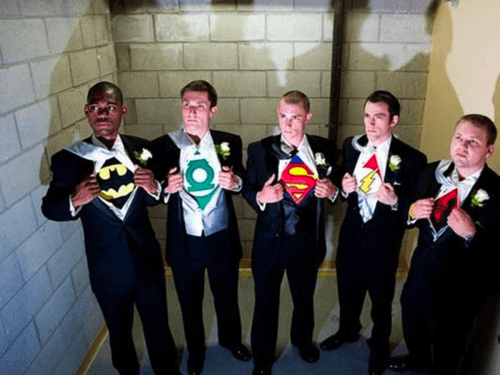
BEST MAN
Many years ago in pre-medieval times, the role of the best man—who is a friend of the groom—was to protect the bride until the day of the wedding. He was to appoint mutual friends to help with this duty. On the wedding day, the best man is positioned at the right side of the bride at the altar. This is the origin of the best man and groomsmen, or traditionally called, “the bride’s knights.” (Source: 21 Historical Roles and Responsibilities of the Wedding Party,Origins of the Best Man)
–

WEDDING BOUQUET
Unlike at the present time when a wedding bouquet is a big deal to add beauty to the wedding, wedding bouquets before were necessary to mask unpleasant odor. Back in the 1600s and a long time after that, there were cultures and people who bathed extremely infrequent. The wedding bouquet was a way to cover unhygienic smell. However, in other cultures, they use pungent herbs, spices, and garlic to ward off evil spirits. (Source: Why Does the Bride Carry a Bouquet?)
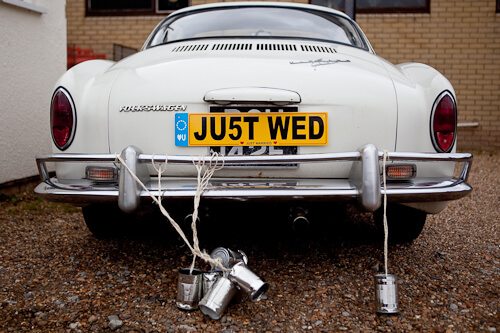
TYING TIN CANS TO BRIDAL CAR
The tying of tin cans to the bumper of the bridal car is a custom that was called as “shivaree” or “chivaree”. But originally, in some cultures a long time ago, the shivaree custom was a banging of pans and pots outside of the home of the newlyweds at the middle of the night. The ‘outsider’ groom was then expected to throw a feast or a party to make up for stealing a ‘local’ woman. (Source: The Unbelievable Origins of Some of the Most Common Wedding Traditions)
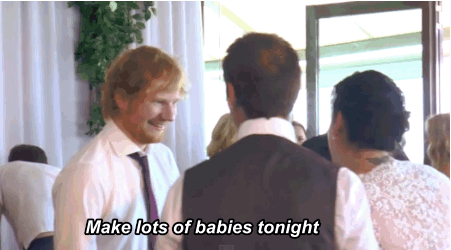
HONEYMOON
The word honeymoon originally came from the Old English word honey moone. ‘Hony’, a reference to honey, refers to the “indefinite period of tenderness and pleasure experiences by newlywed couple” and how sweet the new marriage is. ‘Moone’ refers to the fleeting amount of time that sweetness would last. While honeymoon has a positive impression today, back then it was a term used to warn the couples about waning love. (Source: Where Does the Term ‘Honeymoon’ Come From?)
Wedding is one of the human practices that has a lot of old traditions dating back to many years ago. But whether you are a traditional couple or not, whether you want to follow these or not, the most important things to do are the ones where you will have fun and will enrich your relationship with your spouse.
Hey! Still looking for the right caterer for your event? Taste and see if we are the right one for you! Register at our FREE Grand Food Tasting. There are still seats for you and your friends.
